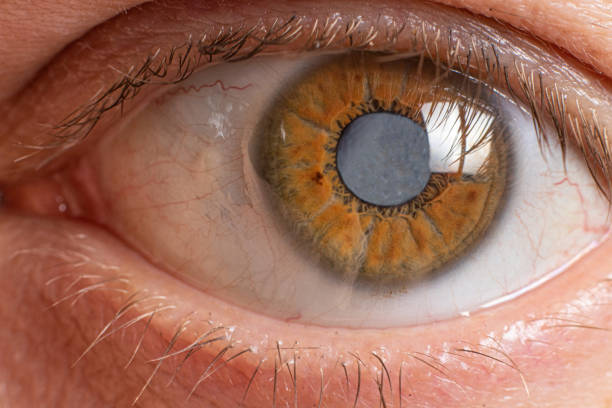Glaucoma is an eye disorder that damages the optic nerve of the eyes; it is the most common optic nerve damage. It worsens with time and leads to vision loss. Glaucoma tends to be hereditary, but it usually doesn’t develop till old age. The condition begins when fluids build up in front of the eyes and cause too much pressure on the eyes, called intraocular pressure. However, blindness from this condition can be prevented if it is treated in time.
Causes
Sometimes, glaucoma can occur without a notable cause; however, many factors can affect it; one of the most common factors that can result in glaucoma is intraocular pressure. Naturally, the eyes produce a fluid called aqueous humour that keeps the eye healthy and nourishes it. Then, in a healthy eye, the fluid flows through the pupil to the drainage canal between the iris and cornea.
When the resistance in the drainage canals increases, the fluid will have nowhere to go and begin to build up in the eyes. The excess fluid puts too much pressure on the eye and damages the optic nerve; this condition is referred to as glaucoma.
Symptoms of Glaucoma
For some types of glaucoma, there are no warning signs, but vision changes can happen gradually, so most people miss the early symptoms. Therefore, it is essential to have eye exams regularly so you can detect disorders like this in their early stages.
The damage done by glaucoma is irreversible, but it can be prevented with early detection. So here are some possible symptoms of glaucoma.
- Headaches.
- Eye pain or pressure.
- Rainbow-coloured halos around lights.
- Red eyes.
- Nausea.
- Vomiting.
- Stomach upset.
- Low, narrowed, or blurred vision.
- Blind spots.
Treatment
Oral Medication
Oral medications such as carbonic anhydrase inhibitors or beta blockers can help improve fluid drainage and slow down fluid build-up in the eyes.
Eye Drops
Another treatment option for glaucoma is using eye drops, which are either used to reduce the creation of fluid in the eyes or to increase its draining, thereby lowering the pressure on the eye.
Laser Surgery
This procedure can stop fluid blockage for people with angle-closure glaucoma and increase fluid flow from the eye for people with open-angle glaucoma.
The procedures include:
- Trabeculoplasty: This opens up the drainage canal.
- Cyclophotocoagulation: This is to treat the middle layer of the eye and lower fluid production.
- Iridotomy: This procedure creates a tiny hole in your iris to let fluid flow more freely.
Microsurgery
This procedure is called a trabeculectomy; it involves creating a new channel for draining the fluid in the eye and reducing eye pressure. This surgery can be repeated until a desired result is attained.
Minimally Invasive Glaucoma Surgery
This surgery is less invasive; it involves creating tiny openings using a microscopic device. It is a safer and faster method of treating glaucoma, but it won’t reduce the pressure as much as microsurgery.



